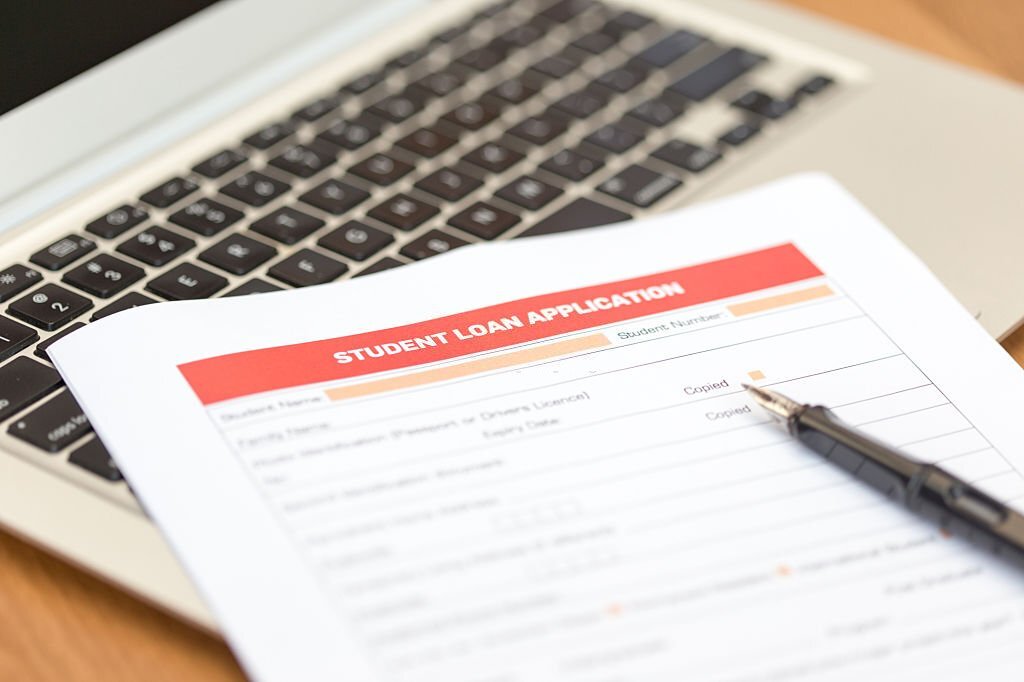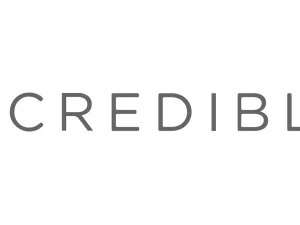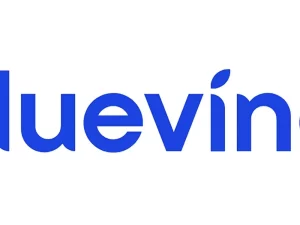Applying for student loans is an important step in securing the necessary funds to pursue higher education. However, the process can be overwhelming, especially for first-time borrowers. This comprehensive guide aims to provide a detailed walkthrough of how to apply for student loans, covering both federal and private loan options. By understanding the application process, eligibility requirements, and necessary documentation, you can make informed decisions and ensure a smooth borrowing experience.
1) Applying for Federal Student Loans
1.1 Understand Federal Student Loans:
Before diving into the application process, it’s essential to have a solid understanding of federal student loans. These loans are provided by the U.S. Department of Education and offer several advantages, including fixed interest rates, flexible repayment options, and potential loan forgiveness programs.
1.2 Complete the Free Application for Federal Student Aid (FAFSA):
The first step in applying for federal student loans is completing the Free Application for Federal Student Aid (FAFSA). The FAFSA collects information about your financial situation and determines your eligibility for federal aid, including grants, work-study programs, and loans. To complete the FAFSA, gather necessary documents such as tax returns, W-2 forms, and bank statements.
1.3 Understand the FAFSA Application Process:
The FAFSA can be completed online at fafsa.ed.gov. Create an account and provide accurate and up-to-date information about yourself and your family’s financial situation. The application will ask for details such as your Social Security number, income, household size, and school preferences. Double-check all information for accuracy before submitting the application.
1.4 Review Your Student Aid Report (SAR):
After submitting the FAFSA, you will receive a Student Aid Report (SAR) via email or mail. Review the SAR carefully to ensure all information is correct. The SAR includes your Expected Family Contribution (EFC), which helps determine your eligibility for financial aid.
1.5 Receive and Review Financial Aid Award Letter:
Colleges and universities will send you a financial aid award letter outlining the types and amounts of financial aid you’re eligible to receive, including federal student loans. Carefully review the letter to understand the terms and conditions of the loans offered, including interest rates, repayment options, and any additional requirements.
1.6 Accept or Decline Federal Student Loans:
Once you receive the financial aid award letter, you can accept or decline the federal student loans offered to you. Consider your financial needs, the total cost of attendance, and your ability to repay the loans in the future. Accept only the amount you need to cover your educational expenses.
1.7 Complete Entrance Counseling and Sign the Master Promissory Note (MPN):
For first-time borrowers of federal student loans, entrance counseling and signing a Master Promissory Note (MPN) may be required. Entrance counseling provides information on your rights and responsibilities as a borrower, loan terms, repayment options, and financial management tips. The MPN is a legal document that outlines the terms and conditions of your loan. Complete these steps online through the U.S. Department of Education’s website or your college’s financial aid office.
1.8 Understand Federal Loan Repayment Options:
Federal student loans offer various repayment options to accommodate different financial situations. Standard Repayment, Graduated Repayment, Extended Repayment, and Income-Driven Repayment (IDR) plans are available. Research and understand each option to choose the one that aligns with your financial goals.
2) Applying for Private Student Loans
2.1 Research Private Loan Lenders:
Private student loans are offered by banks, credit unions, and other financial institutions. Research different lenders to find the one
that offers competitive interest rates, repayment terms, and borrower benefits. Consider factors such as customer reviews, loan features, and overall reputation when selecting a private lender.
2.2 Determine Eligibility and Co-Signer Requirements:
Private loans typically have credit requirements, and eligibility depends on your creditworthiness. Check your credit score and credit history to assess your chances of approval. Students with limited credit or no credit history may need a co-signer, such as a parent or guardian, to secure a private loan. Having a co-signer with a strong credit profile can improve your chances of loan approval and potentially lead to better loan terms.
2.3 Gather Necessary Documentation:
To apply for private student loans, gather the necessary documentation, such as identification documents, proof of enrollment, and financial information. Lenders may require details about your income, expenses, and any existing debts. Be prepared to provide these documents to expedite the application process.
2.4 Compare Loan Options:
Compare loan options from different private lenders, taking into account interest rates, loan terms, repayment options, and any associated fees. Some lenders offer borrower benefits, such as interest rate reductions for making on-time payments or autopay enrollment. Consider all these factors to choose the loan that best suits your needs.
2.5 Complete the Application Process:
Visit the lender’s website or contact their customer service to initiate the application process. Fill out the application form, providing accurate and detailed information. Double-check the application for errors or missing information before submitting it.
2.6 Review Loan Terms and Disclosure Statement:
After submitting your private loan application, the lender will provide you with a loan disclosure statement. This document outlines the terms and conditions of the loan, including interest rates, repayment schedule, fees, and borrower protections. Carefully review this information to fully understand your obligations as a borrower.
2.7 Accept the Loan and Disbursement:
If you are satisfied with the loan terms, accept the loan offer according to the lender’s instructions. The loan funds will typically be disbursed directly to your school, where they will be applied to your educational expenses. Any remaining funds will be issued to you or applied to your student account for other eligible expenses.
2.8 Understand Private Loan Repayment Options:
Private loans may offer different repayment options, such as immediate repayment, interest-only payments while in school, or deferred payments until after graduation. Review and understand the repayment terms provided by the lender. Consider setting up automatic payments to ensure timely repayments.
Conclusion:
Applying for student loans requires careful research, planning, and attention to detail. By understanding the process for both federal and private student loans, you can navigate the financing journey with confidence. Be sure to explore all available options, compare loan terms and conditions, and borrow responsibly. Remember to maintain good communication with your loan servicers, stay on top of repayment obligations, and seek guidance if you encounter financial difficulties. With proper financial management, student loans can be a valuable tool in achieving your educational aspirations and setting a strong foundation for a successful future.










